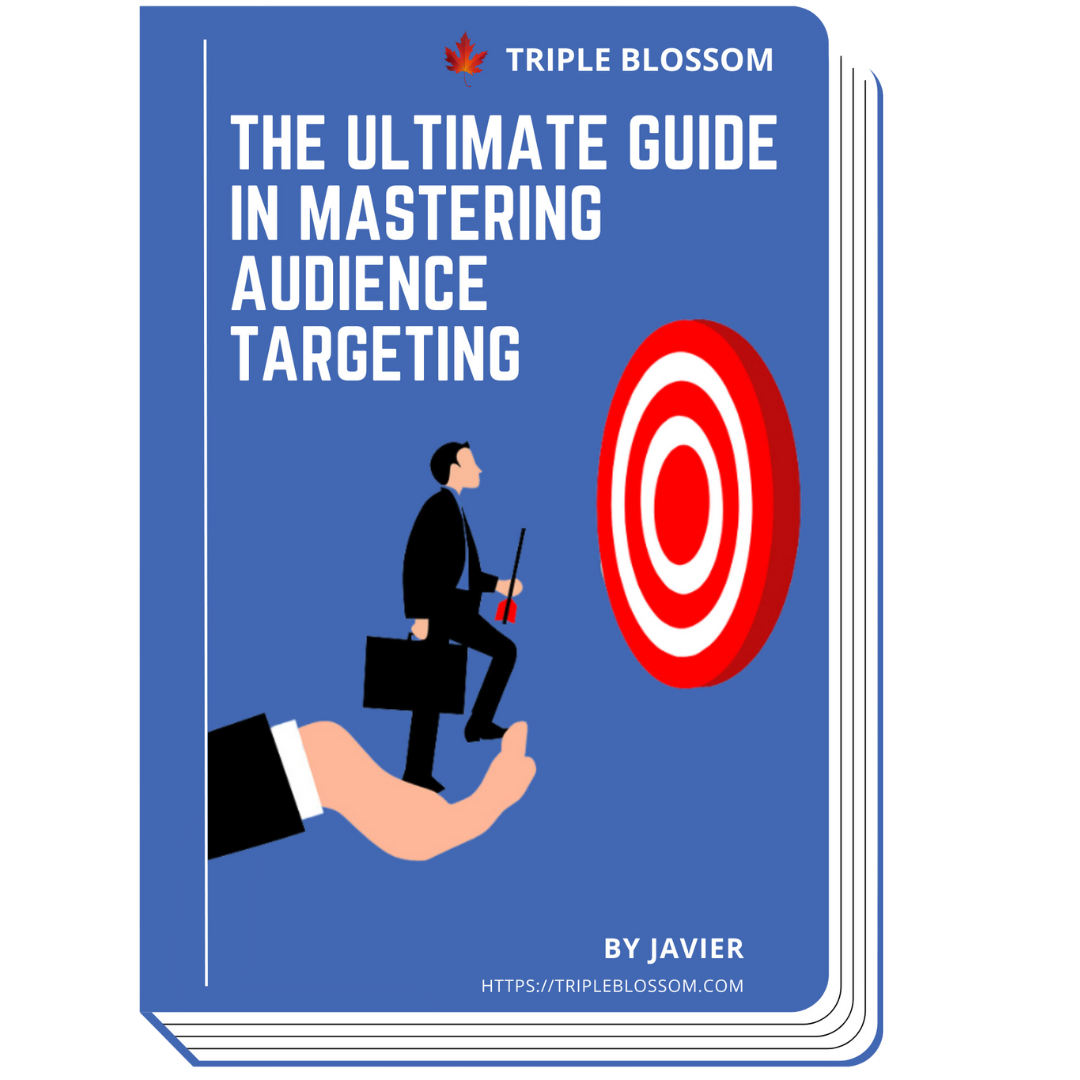How To See Your Competitor's Facebook Ad Targeting

Navigating the world of Facebook advertising can be challenging, especially when it comes to understanding your competitors' strategies. One way to gain an edge is by uncovering their ad targeting methods and learning from their tactics.
In this article, we'll delve into three powerful techniques for analyzing your competitor's Facebook ad targeting strategy and show you how to engage with your competitor's audience effectively.
The Power of the News Feed: “Why Am I Seeing This Ad?”
Facebook's “Why Am I Seeing This Ad?” feature is a goldmine of information when it comes to understanding your competitor's targeting strategy. This feature is designed to provide transparency to users, revealing the targeting parameters that advertisers use to reach their audience. By analyzing these parameters, you can gain insights into the demographics, interests, and behaviors that your competitors are focusing on.
Here's how you can leverage this feature:
- Find an ad from your competitor: Scroll through your News Feed and keep an eye out for sponsored posts that match your competitor's branding or products. You may speed up the process by visiting your competitor's Facebook page or website.
- Click on the three dots in the top right corner: Once you've found an ad, look for the 'ellipsis' icon (three dots) in the top right corner of the post. Click on it to reveal a dropdown menu.
- Select "Why am I seeing this ad?": In the dropdown menu, choose the "Why am I seeing this ad?" option. This will open a window with details about the ad's targeting parameters.


While the information provided might not be exhaustive, the more ads you’re seeing, the more you will realize a pattern - similar sets of targeting will start to appear again and again.
Depending on your industry, whatever you’re targeting would most likely be what your competitors are targeting as well. You may gather all these data, and run Split Test across different Campaign Objectives, Bid Strategies, Audience Exclusions, or Placement Exclusions to optimize and create the ‘perfect’ choice of targeting options.
Decoding Competitors' UTM Tags
UTM (Urchin Tracking Module) tags can be a treasure trove of information when it comes to understanding your competitor's ad targeting. These unique URL parameters are used by marketers to track the performance of their campaigns, and by decoding them, you can uncover insights about the target audience and campaign objectives.
To effectively analyze your competitor's UTM tags, follow these steps:
- Find an ad with a UTM tag: Start by locating an ad from your competitor that includes a UTM tag. You can typically find these tags in the ad's URL or in the ad's "Learn More" button.
- Decode the UTM tag: Analyze the UTM tag by breaking it down into its components. UTM tags generally include information about the source, medium, and campaign name. For example, a tag might look like this:
utm_source=facebook&utm_medium=cpc&utm_campaign=summer_sale&utm_content=janice-beachside-video-30s - Analyze the information: Use the decoded UTM tag to investigate your competitor's Facebook marketing tactics and make educated guesses about their target audience. From the above example, you may identify it is a 30 seconds video that potentially targets audiences who are interested in summer and beach vacations.
Gleaning Insights from Competitors’ Blogs
Your competitor's blog can be an unexpected source of information when it comes to understanding their target audience on Facebook. By examining their content, you can identify patterns and trends that reveal who they're trying to reach and what their potential customers care about.
Here's how to effectively analyze your competitor's blog content:
- Visit your competitor's blog: Begin by navigating to your competitor's blog and browsing through the articles they've published.
- Look for patterns: As you read their content, pay attention to the topics they cover, the language they use, and the tone of their posts. Are they targeting a specific age group, demographic, or niche? Are there recurring themes that suggest a particular target audience?
- Take notes: Document any insights you gather while exploring their blog. This information can help you refine your own targeting strategy and create content that resonates with your desired audience.
Remember, the goal isn't to copy your competitors, but rather to learn from their Facebook ad targeting strategies and use the insights gained to refine your Facebook marketing approach.
By taking the time to analyze your competitor's ads, UTM tags, and blog content, you will develop a deeper understanding of your competitor's ad targeting strategies, while uncovering hidden information that will give you a competitive edge in the world of Facebook advertising.
Are you constantly feeling that Facebook Ads is not working anymore? Despite all your efforts and strategies, with each algorithm change, it feels like you're back at square one. The ROI isn't what it used to be, and you're left wondering if Facebook Ads has lost its magic.
After diving deep into the intricacies of audience targeting and the ever-evolving Facebook landscape, I've uncovered strategies that remain effective despite the platform's constant changes. Discover these insights in my latest E-Book - The Ultimate Guide In Mastering Audience Targeting.
